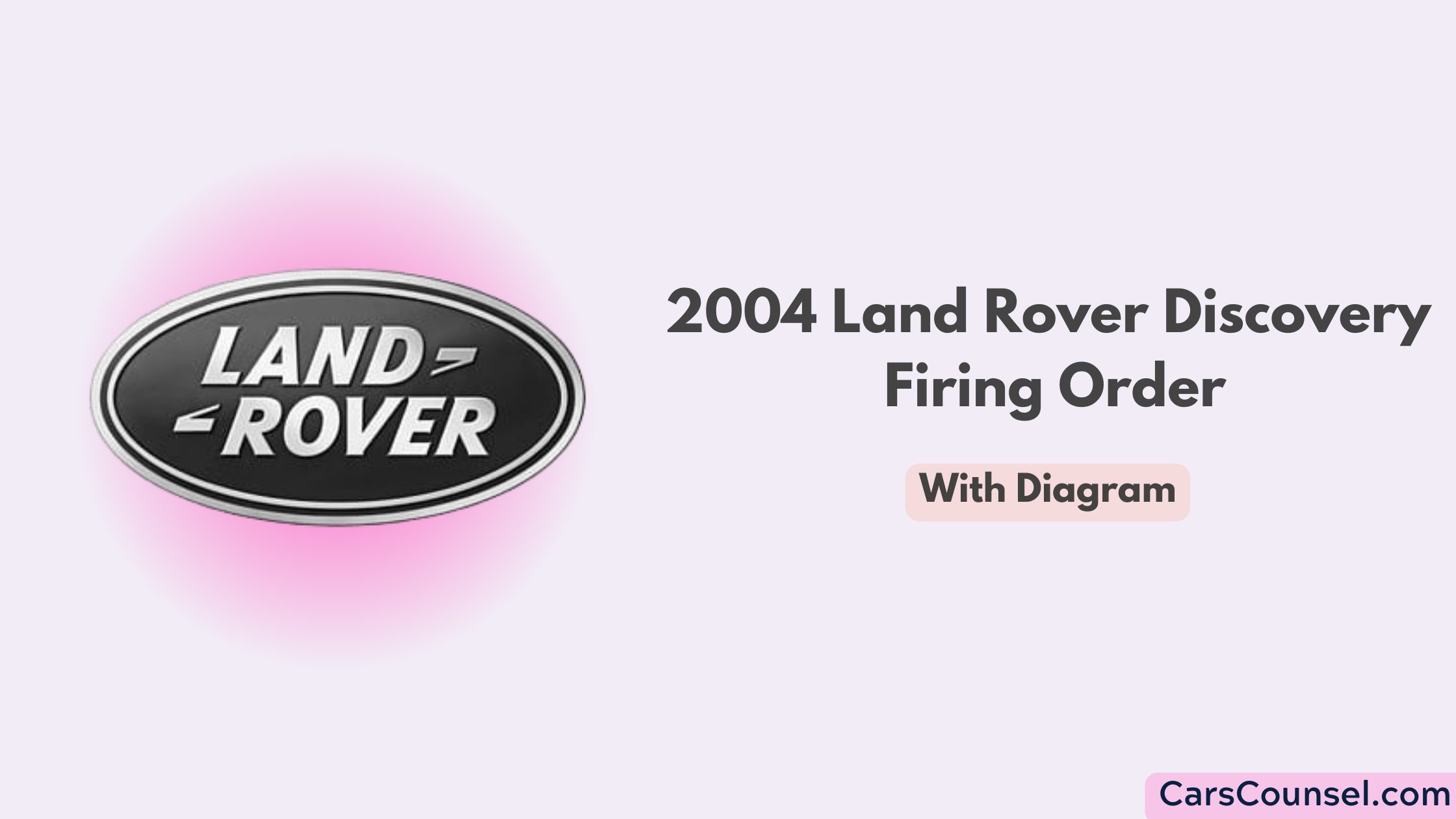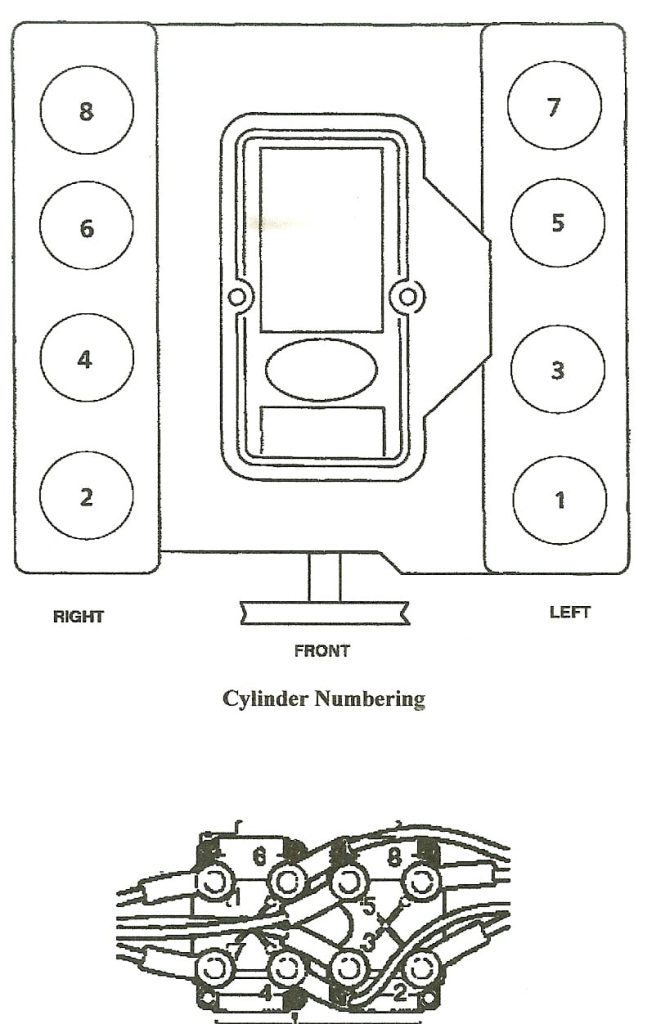For your 2004 Land Rover Discovery, the firing order is quite specific and key to peak engine performance. It’s crucial to have the spark plugs installed in the sequence: 1-8-4-3-6-5-7-2. Not only does the correct firing order prevent your engine from misfiring, it enhances efficiency and power.

Remember, cylinder number one is at the engine front. Improper firing order can lead to issues like rough running and decreased power. By getting this right, you’ll notice smoother idling, improved acceleration, and better fuel efficiency. There’s much to gain by delving deeper into the full mechanics of your vehicle’s firing order.
Quick Navigation
Key Takeaways
- The firing order for a 2004 Land Rover Discovery is crucial for optimal engine performance and efficiency.
- The correct firing order is 1-8-4-3-6-5-7-2, with cylinder number one located at the front of the engine.
- Ignoring the firing order could lead to engine misfires, vibrations, reduced power, and decreased efficiency.
- Regular maintenance and tune-ups, including correct spark plug installation and ignition timing, are essential for maintaining this order.
- A diagram illustrating the firing order can aid in understanding and adhering to the correct sequence for optimal vehicle performance.
Understanding the Firing Order

To fully grasp the importance of the firing order in your 2004 Land Rover Discovery, you need to understand that it’s a precise sequence responsible for the ignition process in your vehicle’s engine. This order, specifically 1-8-4-3-6-5-7-2, is essential for engine efficiency. An error in this sequence can lead to misfires, reduced power, and potentially damaging engine vibrations.
A successful spark plug installation also depends on correctly following the firing order. Plugs, wired to the accurate cylinder as per the order, ignite the fuel-air mixture, ultimately driving your vehicle’s performance. Neglecting this can result in rough running, increased fuel consumption, and a noticeable decrease in power. Therefore, understanding and maintaining the correct firing order is fundamental for your Land Rover’s peak performance and longevity.
Identifying Cylinder Number One
Knowing where to find the number one cylinder on your 2004 Land Rover Discovery is crucial for proper spark plug installation and ignition timing. Cylinder location, especially the first one, is vital for troubleshooting any issues related to ignition timing and maintenance.
- Cylinder Location: The initial cylinder is situated at the front of the engine. This is your starting point for spark plug installation or if any maintenance is necessary.
- Ignition Timing: Identifying the first cylinder helps establish the correct ignition timing. This guarantees your engine runs smoothly and efficiently.
- Troubleshooting: In the event of ignition misfires or engine imbalances, knowing the first cylinder’s location is essential. It aids in diagnosing issues and enables effective troubleshooting.
Symptoms of Tune-Up Requirement
While grasping the location of the first cylinder aids in maintenance and troubleshooting, it’s just as essential to recognize the signs that your 2004 Land Rover Discovery might need a tune-up. Keep an eye out for decreased fuel efficiency, rough idling, or a loss in overall performance. These symptoms often indicate a need for spark plug maintenance or adjustments in ignition timing, both playing a critical role in engine efficiency and performance improvements.
| Symptoms | Likely Cause |
|---|---|
| Decreased fuel efficiency | Ignition timing, spark plug maintenance |
| Rough idling | Spark plug maintenance |
| Loss in power | Ignition timing |
| Poor acceleration | Spark plug maintenance, ignition timing |
| Engine misfires | Ignition timing, spark plug maintenance |
Regular tune-ups can ensure your vehicle maintains top-notch performance and longevity.
Engines with Similar Firing Orders
Conclusion
To sum up, understanding your 2004 Land Rover Discovery’s firing order isn’t just mechanic jargon. It’s a critical cog in grasping your vehicle’s health.
By knowing the 1-8-4-3-6-5-7-2 sequence, you can diagnose potential issues, like rough idling or decreased fuel efficiency, and determine if a tune-up is needed.
This knowledge isn’t just power—it’s the key to ensuring your Land Rover runs smoothly and efficiently. Now, you’re not just a driver, but a well-informed vehicle owner.

